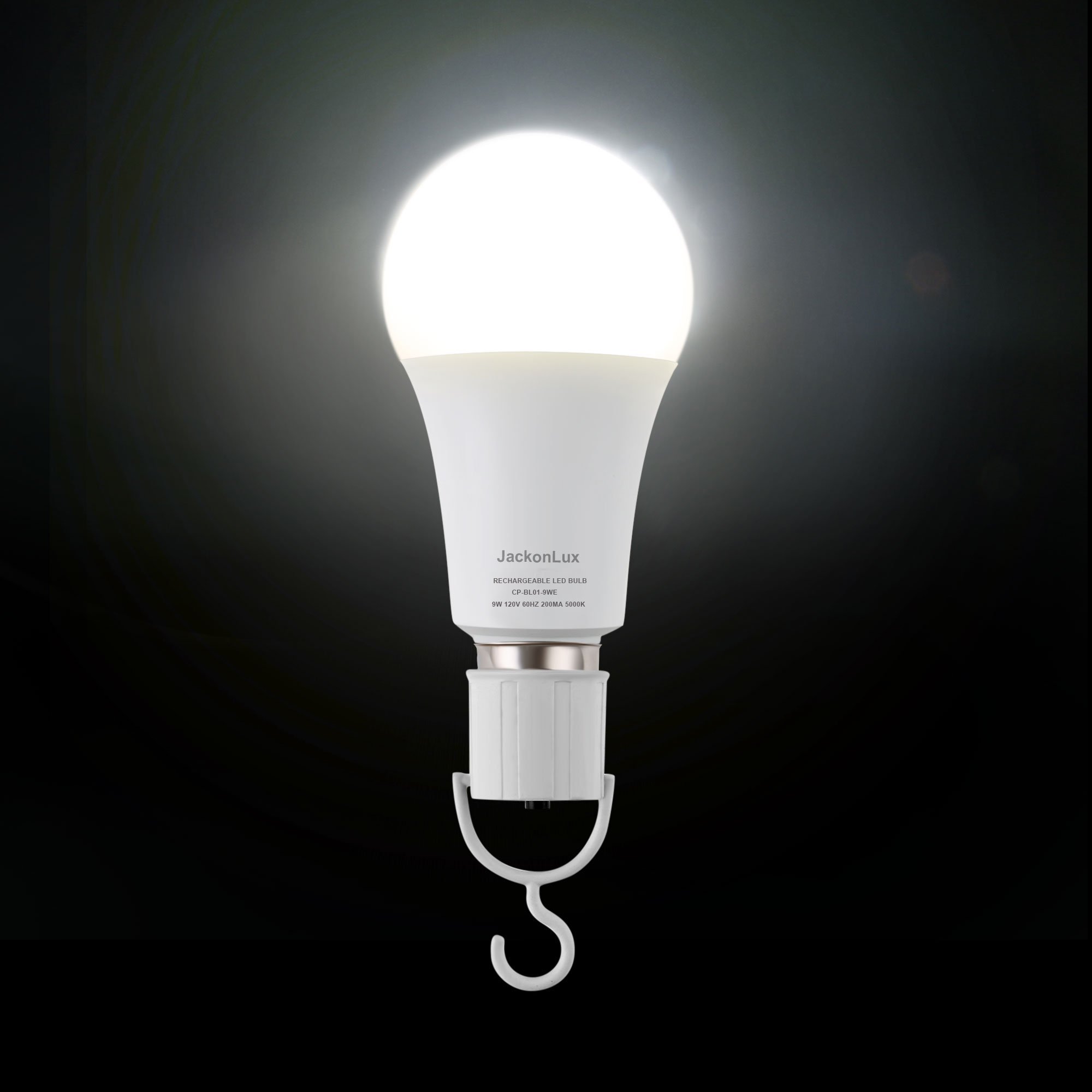

Articles
How To Charge A Rechargeable LED Bulb
Modified: December 7, 2023
Learn how to charge and maintain rechargeable LED bulbs with our informative articles. Get tips and tricks for maximizing the lifespan of your bulbs and save on energy costs.
(Many of the links in this article redirect to a specific reviewed product. Your purchase of these products through affiliate links helps to generate commission for Storables.com, at no extra cost. Learn more)
Introduction
Rechargeable LED bulbs are revolutionizing the way we light up our homes and spaces. With their energy-efficient properties and long-lasting performance, these bulbs have become a popular choice for eco-conscious individuals and those looking to save on their energy bills. However, knowing how to properly charge a rechargeable LED bulb is essential to ensure optimal performance and longevity.
In this article, we will guide you through the process of charging a rechargeable LED bulb, discuss the different charging methods available, and provide tips to ensure efficient charging. So, whether you’re new to rechargeable LED bulbs or looking to optimize your charging routine, let’s delve into the world of rechargeable lighting and learn how to charge these bulbs effectively.
Key Takeaways:
- Rechargeable LED bulbs offer energy-efficient, long-lasting illumination. Choose the right charging method, follow a step-by-step guide, and implement efficient practices to maximize performance and lifespan.
- Avoid common charging mistakes, troubleshoot issues, and follow manufacturer’s instructions for optimal charging. Properly charging your rechargeable LED bulb ensures reliable, eco-friendly lighting for years to come.
Read more: How To Dispose An LED Bulb
Understanding Rechargeable LED Bulbs
Before we dive into the specifics of charging rechargeable LED bulbs, it’s important to understand how these bulbs work and what sets them apart from traditional incandescent or fluorescent bulbs.
Rechargeable LED bulbs are designed with built-in rechargeable batteries, allowing them to be powered without the need for constant connection to an electrical outlet. These LED bulbs utilize energy-efficient light-emitting diodes (LEDs) as their light source, which consume significantly less energy compared to traditional bulbs. This energy efficiency translates into longer operating hours and reduced electricity costs.
One of the primary advantages of rechargeable LED bulbs is their ability to retain a charge and provide illumination even during power outages. This makes them an ideal lighting solution for emergency situations or areas with unreliable power supply. Additionally, rechargeable LED bulbs are portable, allowing you to use them in various settings without the need for a fixed power source.
Rechargeable LED bulbs come in various shapes and sizes, including standard screw-in bulbs, floodlights, and even portable lanterns. They can provide different levels of brightness and color temperatures to suit your specific lighting needs, from warm white for a cozy ambiance to cool white for a more vibrant and productive environment.
It’s worth noting that rechargeable LED bulbs may have different charging requirements, depending on the specific model and manufacturer. Some bulbs come with designated charging docks or stations, while others can be charged using a USB cable or by directly plugging them into an electrical outlet. Understanding the charging method for your particular bulb is crucial to ensure proper charging and to avoid any potential damage to the bulb or its battery.
Now that we have a better understanding of rechargeable LED bulbs, let’s explore the different charging methods available to power up these energy-efficient lighting solutions.
Choosing the Right Charging Method
When it comes to charging a rechargeable LED bulb, it’s essential to choose the right charging method that is compatible with your bulb’s specifications. The charging method can vary depending on the model and manufacturer of the bulb, so it’s important to consult the user manual or manufacturer’s instructions for specific guidance. Here are some common charging methods used for rechargeable LED bulbs:
- Charging Dock/Station: Some rechargeable LED bulbs come with their own charging dock or station. This method typically involves connecting the bulb to the dock or placing it in the charging slot. Follow the instructions provided by the manufacturer to ensure proper alignment and connection. Charging docks or stations are convenient and provide a stable charging platform for your bulb.
- USB Charging: Many rechargeable LED bulbs can be charged using a USB cable. These bulbs usually come with a built-in USB port that allows you to connect them to a power source such as a computer, power bank, or wall adapter. Simply plug in the USB cable to both the bulb and the power source, and the bulb will start charging. This method offers flexibility and convenience, as you can charge your bulb using a variety of USB-enabled devices.
- Direct Plug-In: Some rechargeable LED bulbs can be charged by plugging them directly into an electrical outlet. This charging method eliminates the need for additional cables or accessories. Simply insert the bulb into the outlet, and it will begin charging. This method is straightforward and convenient, especially when you have limited access to USB ports or charging docks.
Once you have identified the appropriate charging method for your rechargeable LED bulb, you can proceed with the step-by-step guide to ensure a successful charging process. Let’s explore the next section to learn how to charge your bulb effectively.
Step-by-Step Guide to Charging a Rechargeable LED Bulb
Charging a rechargeable LED bulb is a simple process that can be completed in just a few easy steps. However, it’s crucial to follow the instructions provided by the manufacturer specific to your bulb’s model. Here is a general step-by-step guide to help you charge your rechargeable LED bulb:
- Identify the charging method: Determine the specific charging method required for your rechargeable LED bulb. Refer to the user manual or manufacturer’s instructions to ensure you are using the correct charging method.
- Prepare the charging equipment: Depending on the charging method, you may need a charging dock or station, a USB cable, or a direct plug-in outlet. Make sure you have the necessary equipment ready before starting the charging process.
- Connect the bulb to the charger: If you are using a charging dock or station, align the bulb with the charging slot and carefully connect it to the dock. Ensure a secure connection to avoid any interruptions during the charging process. For USB charging, plug one end of the USB cable into the bulb’s USB port and the other end into a power source. If you are using the direct plug-in method, simply insert the bulb into an electrical outlet.
- Check the charging indicator: Many rechargeable LED bulbs have a charging indicator light that turns on when the bulb is connected to a power source. This light can be different colors or may flash to indicate various charging stages. Consult the user manual to understand the specific meaning of the charging indicator on your bulb.
- Allow the bulb to charge: Once the bulb is connected to the charger, leave it undisturbed and allow it to charge for the recommended duration. The charging time can vary depending on the bulb’s battery capacity and the charging method. Refer to the manufacturer’s instructions for the suggested charging time.
- Monitor the charging process: Keep an eye on the charging indicator light to ensure that the bulb is charging properly. If you notice any unusual behavior or if the indicator light does not turn on, double-check the connection and consult the troubleshooting section if necessary.
- Confirm a full charge: Once the recommended charging time has elapsed, disconnect the bulb from the charger and verify if it has reached a full charge. Some rechargeable LED bulbs have a full charge indicator, while others may require you to rely on the battery capacity and the charging time. Avoid overcharging the bulb, as it can negatively impact its performance and battery life.
By following these steps, you can effectively charge your rechargeable LED bulb. However, it’s important to note that specific instructions may vary depending on the bulb’s model and manufacturer. Always refer to the provided user manual or manufacturer’s instructions for the most accurate guidance.
When charging a rechargeable LED bulb, make sure to use the correct charging cable and power source recommended by the manufacturer to avoid damaging the battery or the bulb.
Tips for Efficient Charging
To ensure optimal performance and longevity of your rechargeable LED bulb, follow these tips for efficient charging:
- Use the recommended charging method: Stick to the charging method recommended by the manufacturer for your specific rechargeable LED bulb. Using an inappropriate charging method can damage the bulb or its battery.
- Charge in a well-ventilated area: While charging, ensure that the bulb is placed in a well-ventilated area to prevent overheating. Avoid covering the bulb or placing it near flammable materials.
- Keep an eye on the charging time: Overcharging or undercharging can impact the battery life and performance of your rechargeable LED bulb. Always follow the recommended charging time provided by the manufacturer.
- Avoid frequent partial charging: It is generally recommended to fully charge your rechargeable LED bulb rather than frequently partially charging it. This helps maintain the battery’s capacity and improves its overall performance.
- Charge before the battery is completely drained: It’s best to recharge your rechargeable LED bulb before the battery is completely drained. This prevents over-discharging, which can shorten the battery life.
- Disconnect after a full charge: Once your rechargeable LED bulb has reached a full charge, disconnect it from the charger immediately. Leaving it connected for an extended period can lead to overcharging and reduce the battery’s lifespan.
- Clean the charging contacts: Regularly clean the charging contacts of your rechargeable LED bulb to ensure a strong and uninterrupted connection. Use a soft, dry cloth to remove any dust or debris that may affect the charging process.
- Store fully charged: If you’re not using your rechargeable LED bulb for an extended period, store it fully charged. This helps to maintain the battery’s charge and prevents it from losing capacity over time.
By following these tips, you can ensure efficient charging of your rechargeable LED bulb, leading to enhanced performance and prolonging its lifespan. Now let’s explore some common mistakes to avoid during the charging process.
Read more: How To Make A Light Bulb
Common Mistakes to Avoid
When charging a rechargeable LED bulb, it’s important to be aware of common mistakes that can affect the charging process and the overall performance of the bulb. Avoid these mistakes to ensure optimal charging and longevity of your rechargeable LED bulb:
- Using the wrong charging method: Using the incorrect charging method can damage the bulb or its battery. Always refer to the user manual or manufacturer’s instructions to determine the appropriate charging method for your specific rechargeable LED bulb.
- Charging in extreme temperatures: Extreme temperatures, both hot and cold, can negatively impact the performance and lifespan of the rechargeable LED bulb. Avoid charging the bulb in areas with excessive heat or extreme cold to prevent damage to the battery.
- Overcharging: Overcharging the rechargeable LED bulb can shorten the battery life and lead to decreased performance. Be mindful of the recommended charging time and disconnect the bulb from the charger once it has reached a full charge.
- Undercharging: On the other hand, undercharging the bulb or not charging it fully can result in reduced operating hours and overall performance. Be sure to follow the recommended charging time to ensure a complete charge.
- Allowing the battery to fully drain: Allowing the battery of the rechargeable LED bulb to fully drain can contribute to decreased battery life. Charge the bulb before the battery level gets too low to avoid over-discharging.
- Ignoring the charging indicator: Many rechargeable LED bulbs have charging indicators that provide valuable information about the charging process. Pay attention to the charging indicator light and consult the user manual to understand its meaning and any necessary actions.
- Using damaged charging equipment: Damaged charging docks, USB cables, or power outlets can affect the charging process and potentially damage the bulb or its battery. Inspect the charging equipment for any signs of damage and replace them if necessary.
- Mixing rechargeable and non-rechargeable bulbs: Avoid mixing rechargeable LED bulbs with non-rechargeable bulbs in the same fixture. Rechargeable bulbs have different power requirements, and mixing them can cause damage to both the bulbs and the electrical circuit.
By being mindful of these common mistakes and taking the necessary precautions, you can avoid potential issues during the charging process and preserve the performance and lifespan of your rechargeable LED bulb.
Troubleshooting Charging Issues
While charging a rechargeable LED bulb is generally a straightforward process, you may encounter some issues along the way. Here are some common charging issues and troubleshooting steps to help you resolve them:
- No charging indicator or light: If the charging indicator light on your rechargeable LED bulb does not turn on when connected to the charger, check the connection to ensure a secure fit. Try using a different charging cable or port to rule out any issues with the charger itself.
- Intermittent charging: If your rechargeable LED bulb charges and then stops charging intermittently, the problem may lie with the charging contacts. Clean the charging contacts on both the bulb and the charger with a soft, dry cloth to remove any dust or debris that may be affecting the connection.
- Slow charging: If your rechargeable LED bulb is charging at a slower rate than expected, try using a different charging cable or power source to rule out any issues with the charging equipment. Additionally, make sure the bulb is receiving the recommended voltage and current for efficient charging.
- Overheating during charging: If your rechargeable LED bulb gets excessively hot while charging, it may be due to using an incompatible charger or charging method. Ensure that you are using the recommended charging equipment that matches the specifications of your bulb. If the issue persists, contact the manufacturer for further assistance.
- Bulb not holding a charge: If your rechargeable LED bulb does not hold a charge and quickly loses power after being charged, it may be a sign of a damaged battery. In this case, it may be necessary to replace the bulb’s battery. Contact the manufacturer or a qualified technician for assistance.
- Charging dock or USB port not working: If you are using a charging dock or USB port to charge your bulb and it does not seem to be working, try connecting a different device to the dock or port to determine if the issue lies with the charger or the bulb. If the problem persists, consider using a different charging method or contacting the manufacturer for support.
- Incompatible charger: Using an incompatible charger can cause charging issues and potentially damage the rechargeable LED bulb. Always ensure that the charger you are using matches the specifications recommended by the manufacturer for your specific bulb model.
If you encounter any other charging issues that cannot be resolved through the troubleshooting steps mentioned above, it is advisable to contact the manufacturer or seek assistance from a qualified technician. They can provide professional guidance and support to resolve the issue effectively.
Conclusion
Charging a rechargeable LED bulb is a simple yet crucial step to ensure optimal performance and longevity. By choosing the right charging method, following a step-by-step guide, and implementing efficient charging practices, you can enjoy the benefits of energy-efficient lighting for years to come.
Understanding rechargeable LED bulbs and their unique properties is essential for selecting the appropriate charging method. Whether you use a charging dock, USB cable, or direct plug-in, make sure to refer to the manufacturer’s instructions for your specific bulb model.
Following a step-by-step guide will help you charge your rechargeable LED bulb effectively. Take care to connect the bulb to the charger properly, adhere to the recommended charging time, and monitor the charging indicator to ensure a full charge without overcharging.
By adopting tips for efficient charging, such as using the recommended charging method, charging in a well-ventilated area, and avoiding frequent partial charging, you can maximize the performance and lifespan of your rechargeable LED bulb.
Avoiding common mistakes like using the wrong charging method, overcharging or undercharging, allowing the battery to fully drain, and ignoring the charging indicator will help maintain the health of your rechargeable LED bulb’s battery and promote efficient charging.
In the event of charging issues, troubleshooting steps like checking the connection, cleaning charging contacts, using a different charger or power source, and contacting the manufacturer or a qualified technician if necessary can help resolve the problem.
Remember, properly charging your rechargeable LED bulb enhances its performance, extends its lifespan, and ensures a reliable source of energy-efficient lighting. Take the time to familiarize yourself with the charging requirements of your specific bulb model and follow the recommended practices to enjoy the benefits of rechargeable LED lighting for the long term.
Frequently Asked Questions about How To Charge A Rechargeable LED Bulb
Was this page helpful?
At Storables.com, we guarantee accurate and reliable information. Our content, validated by Expert Board Contributors, is crafted following stringent Editorial Policies. We're committed to providing you with well-researched, expert-backed insights for all your informational needs.
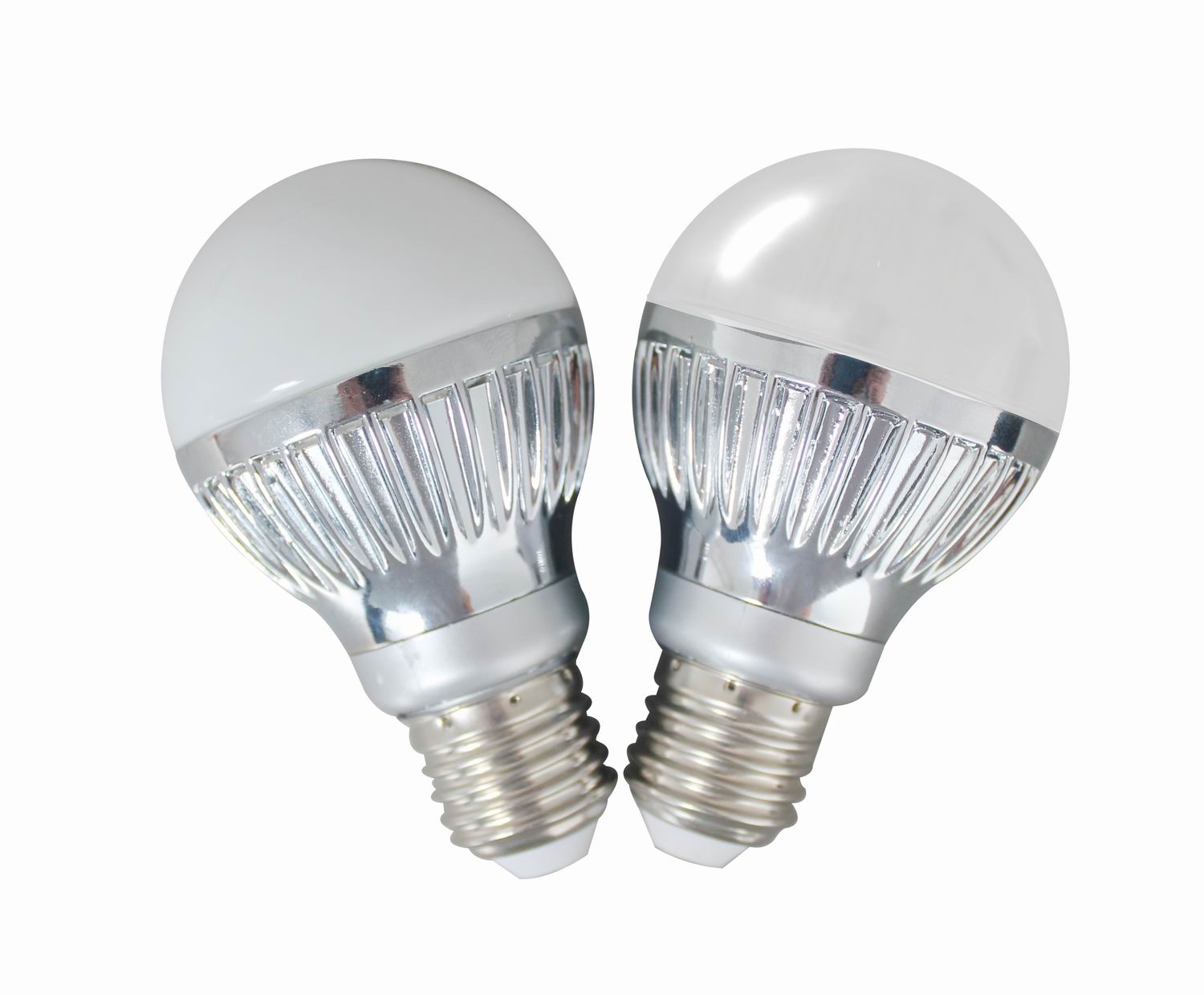
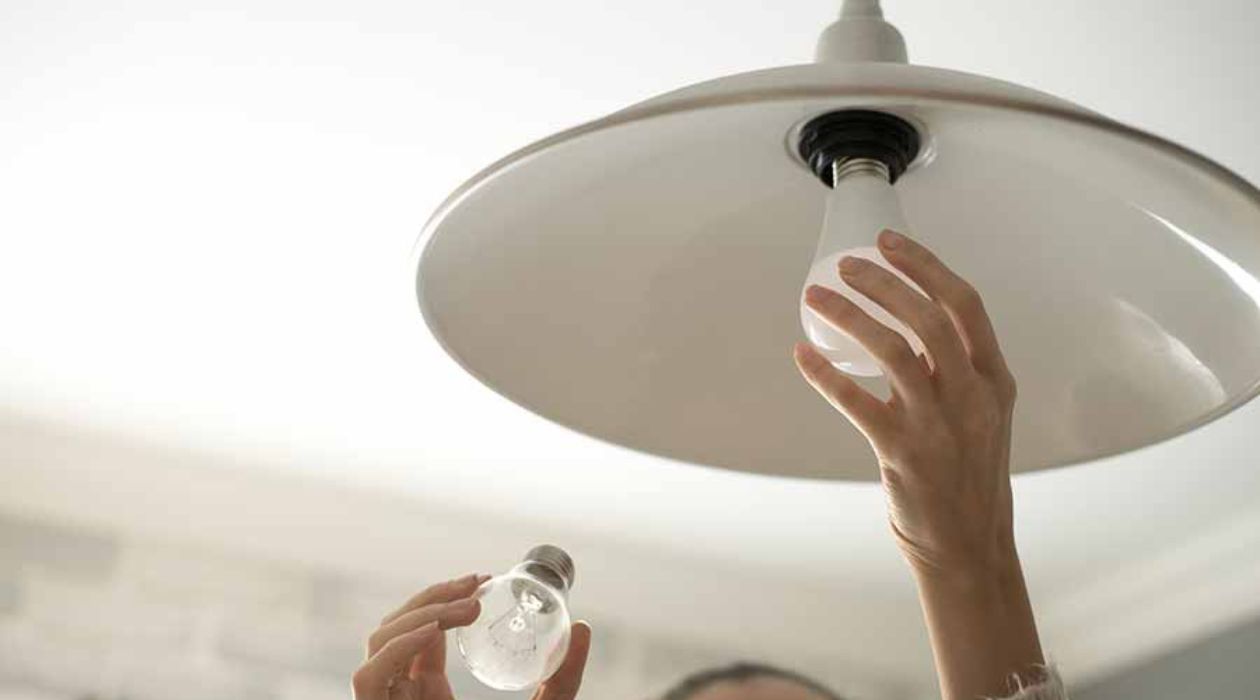
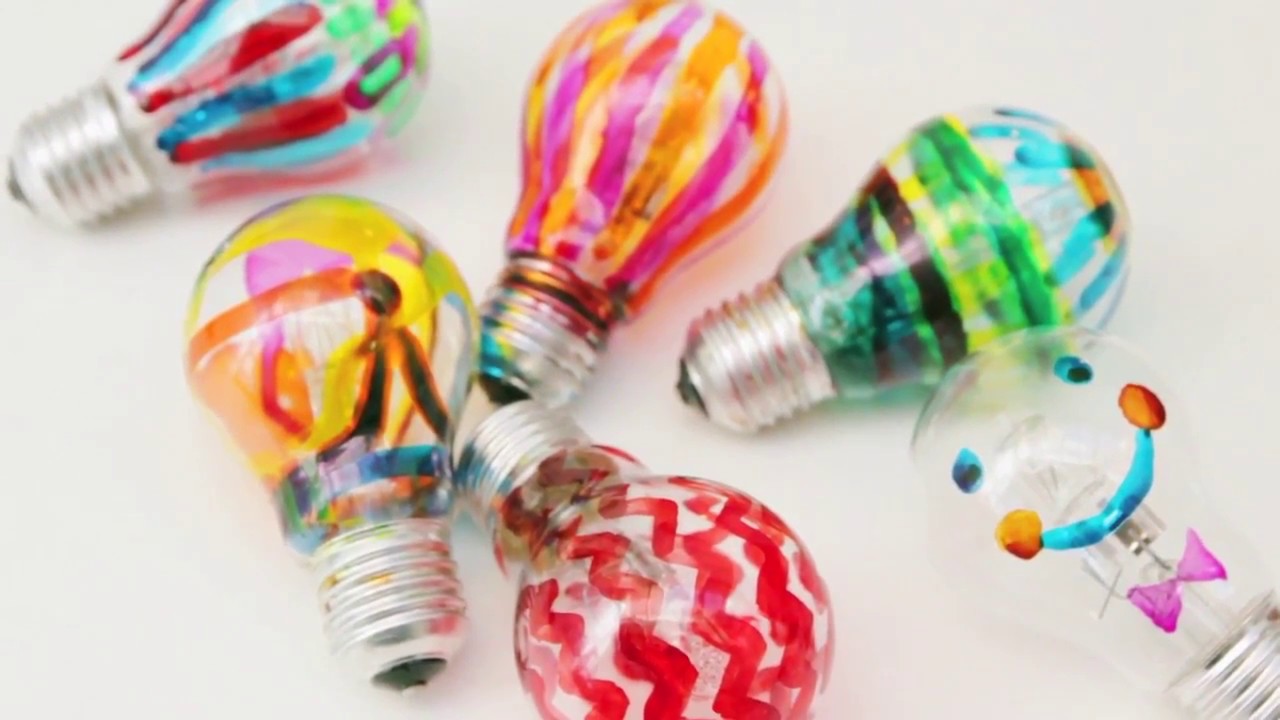
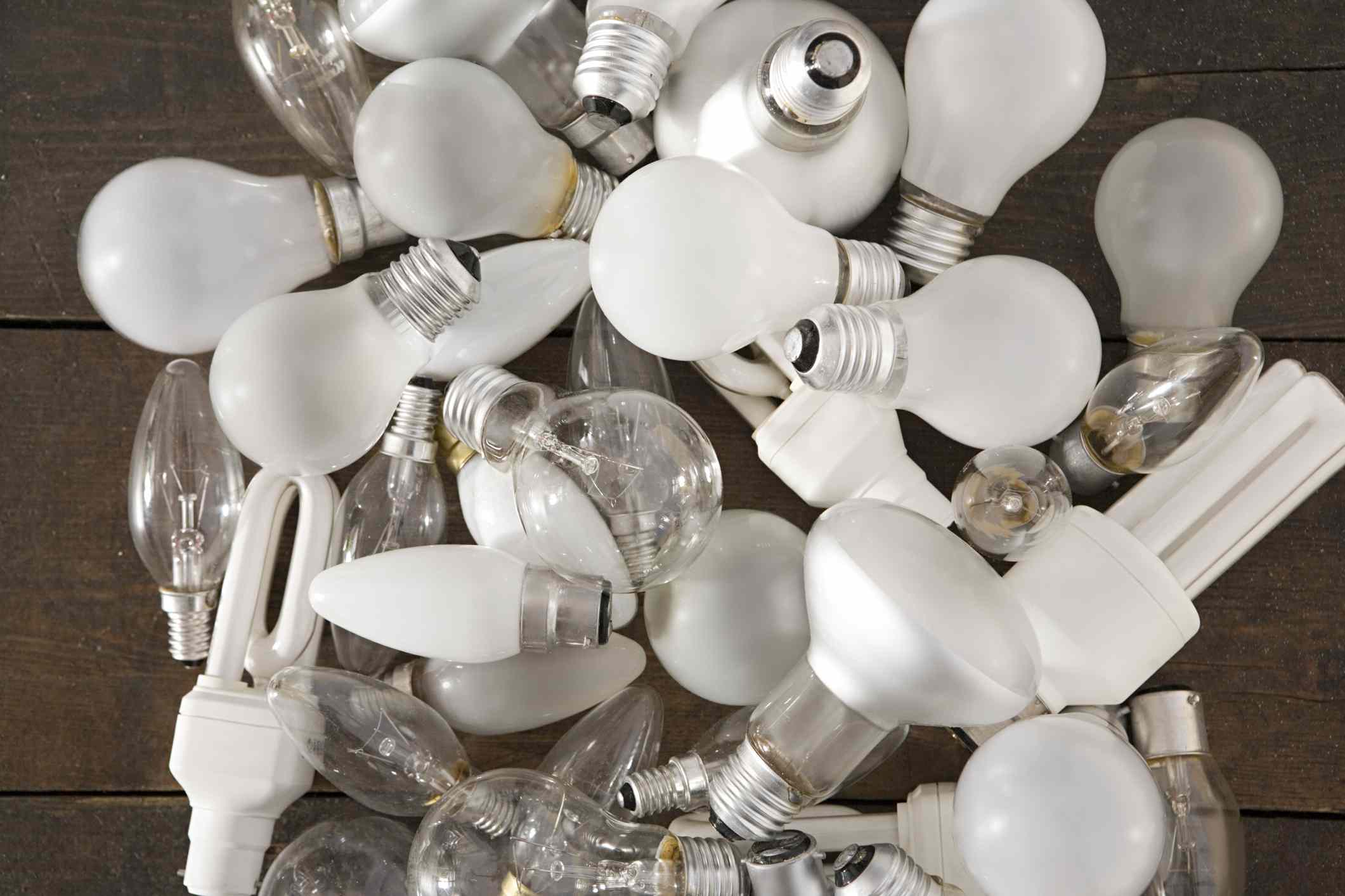
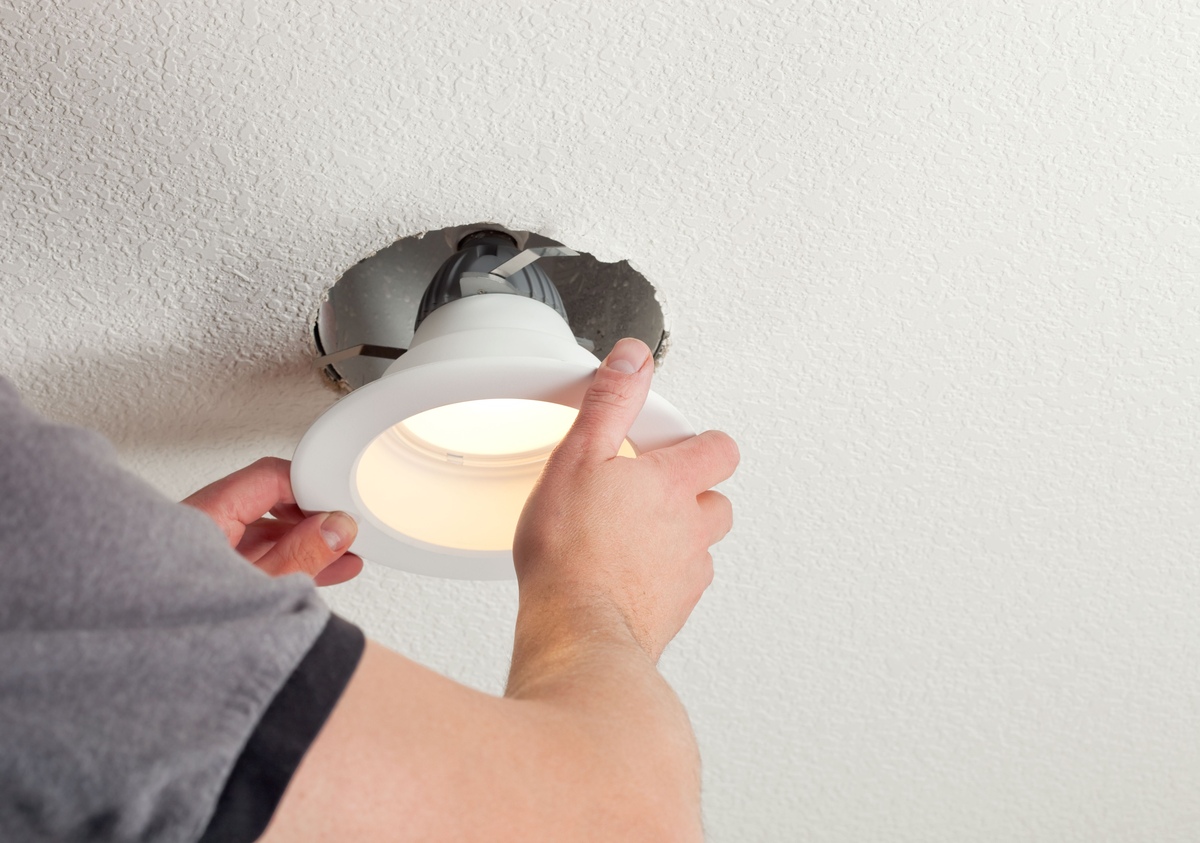

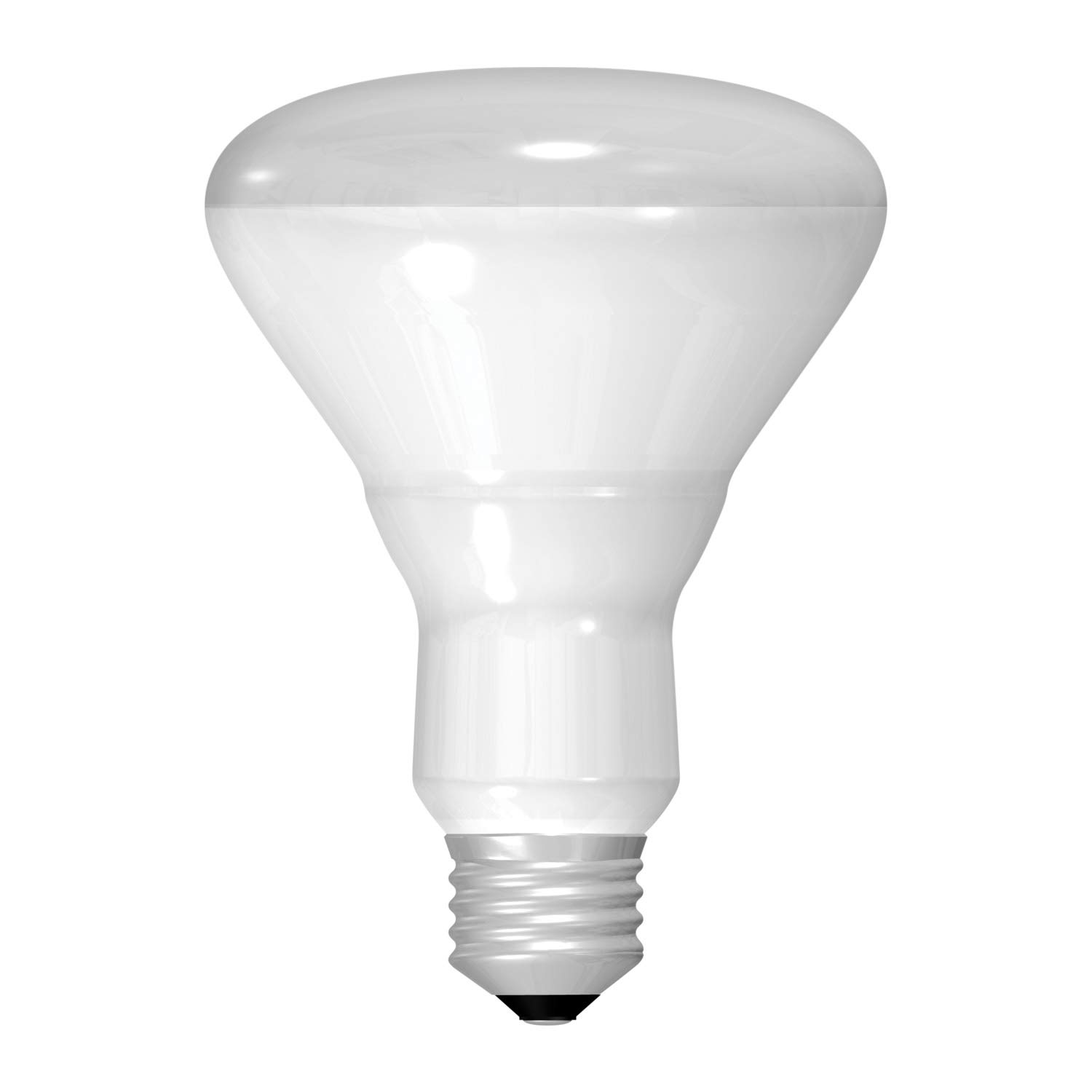
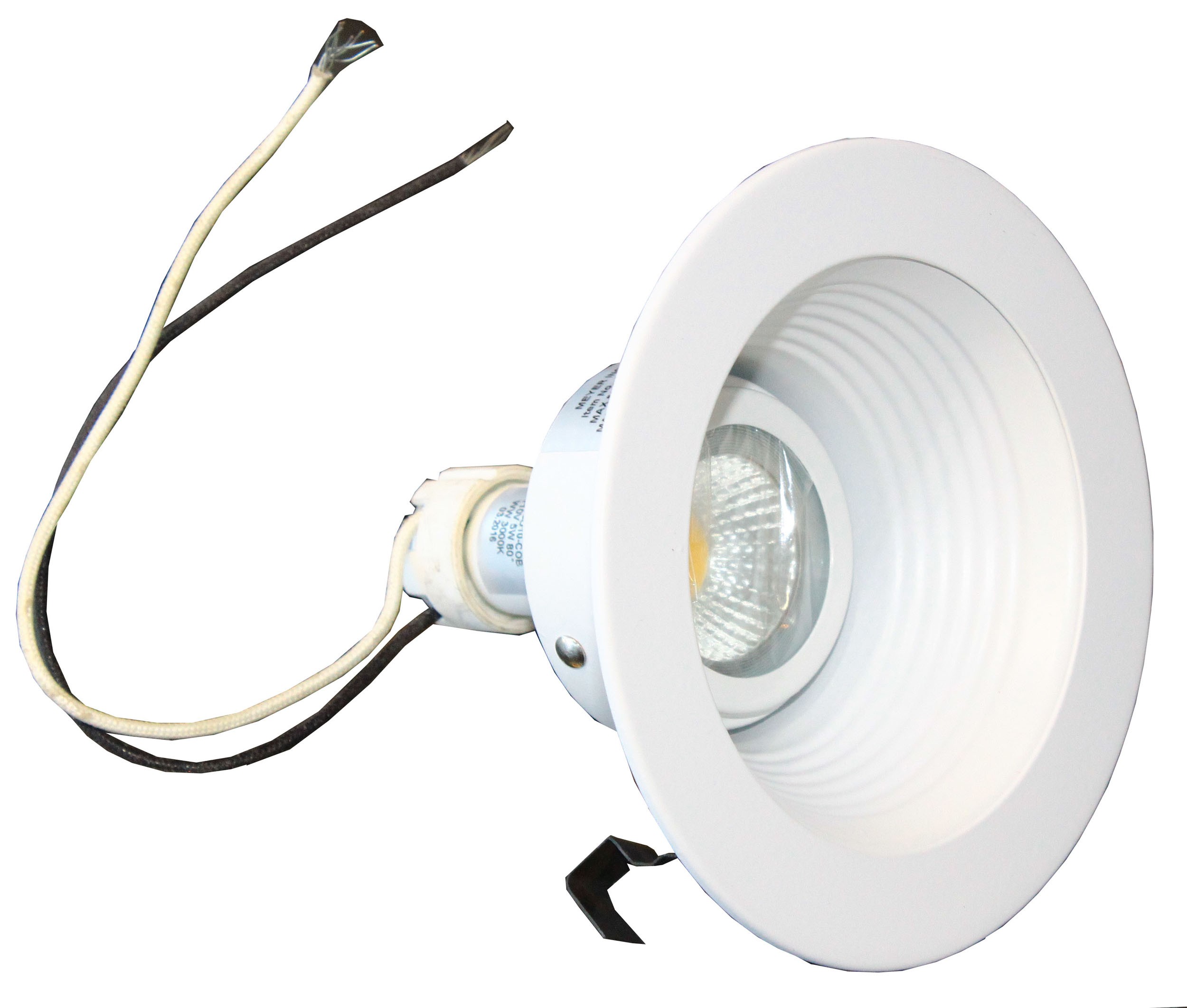
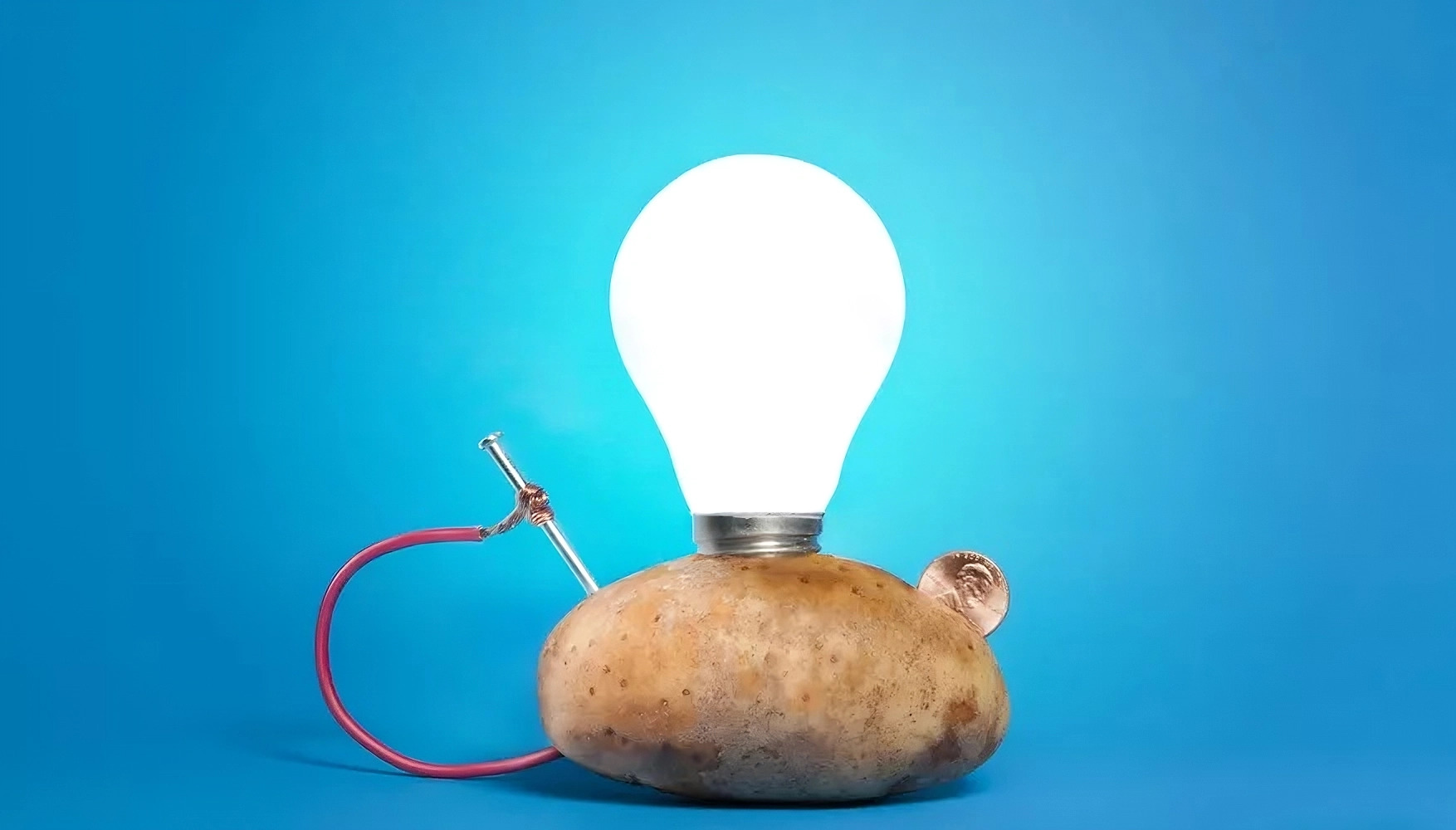
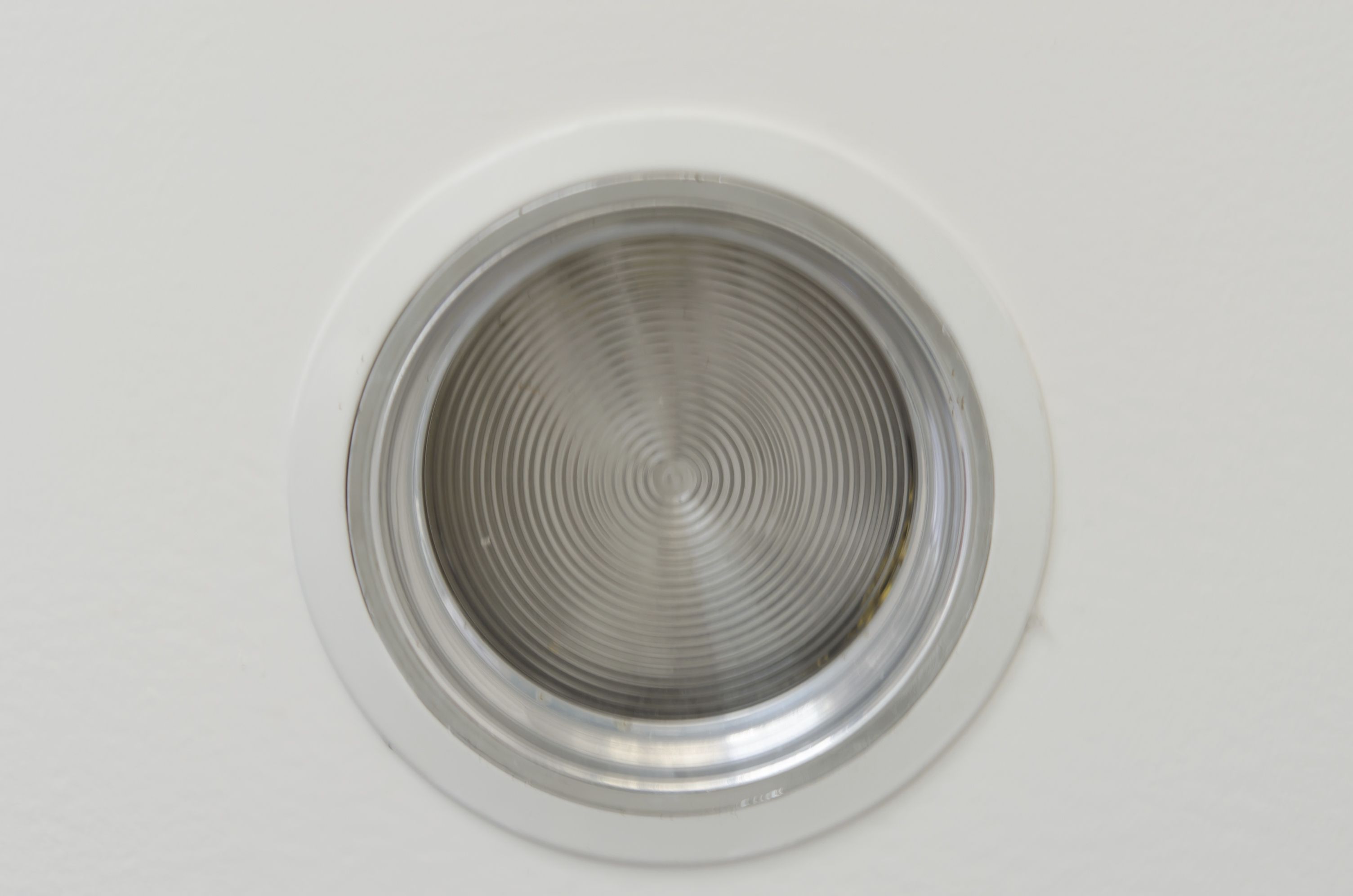
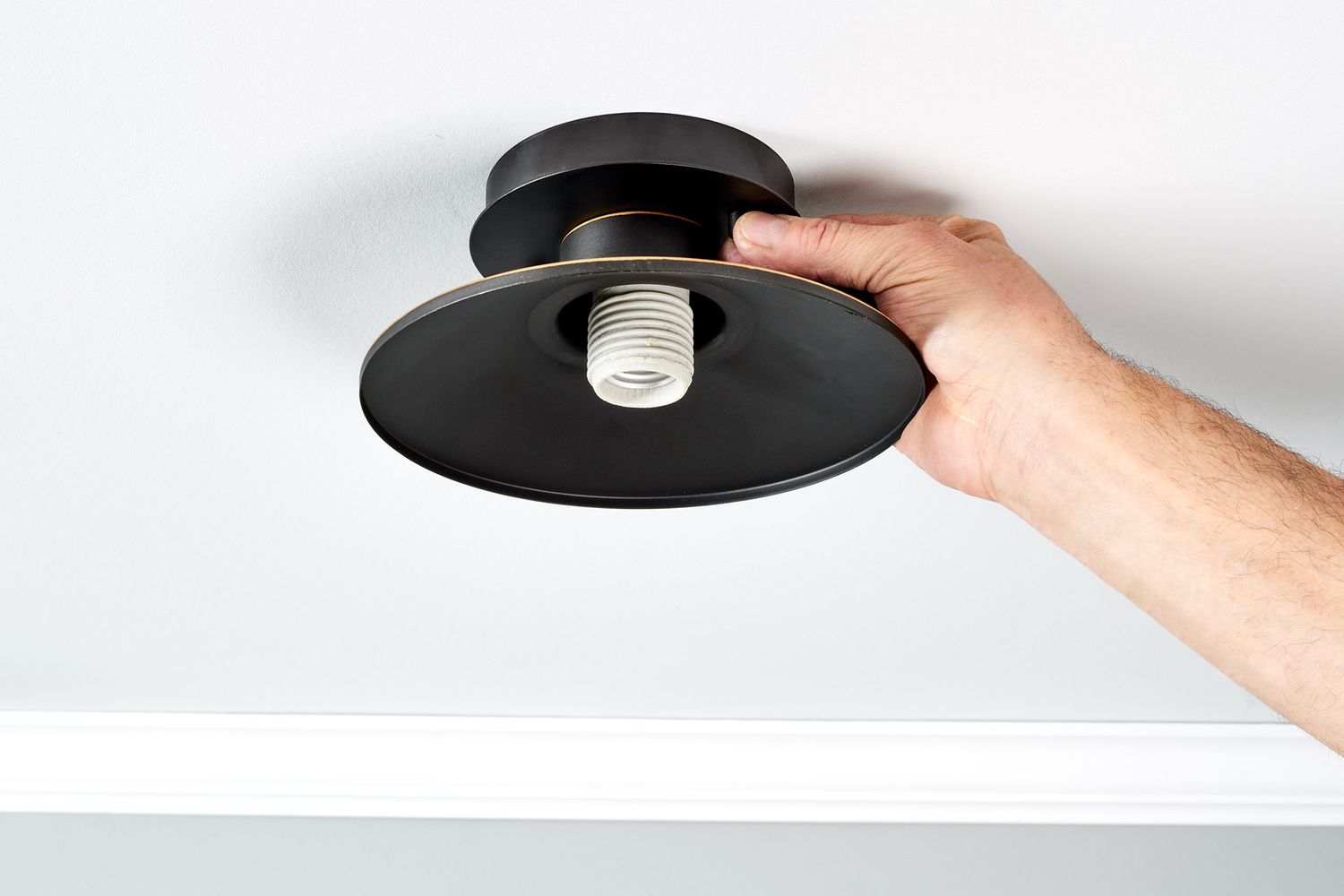
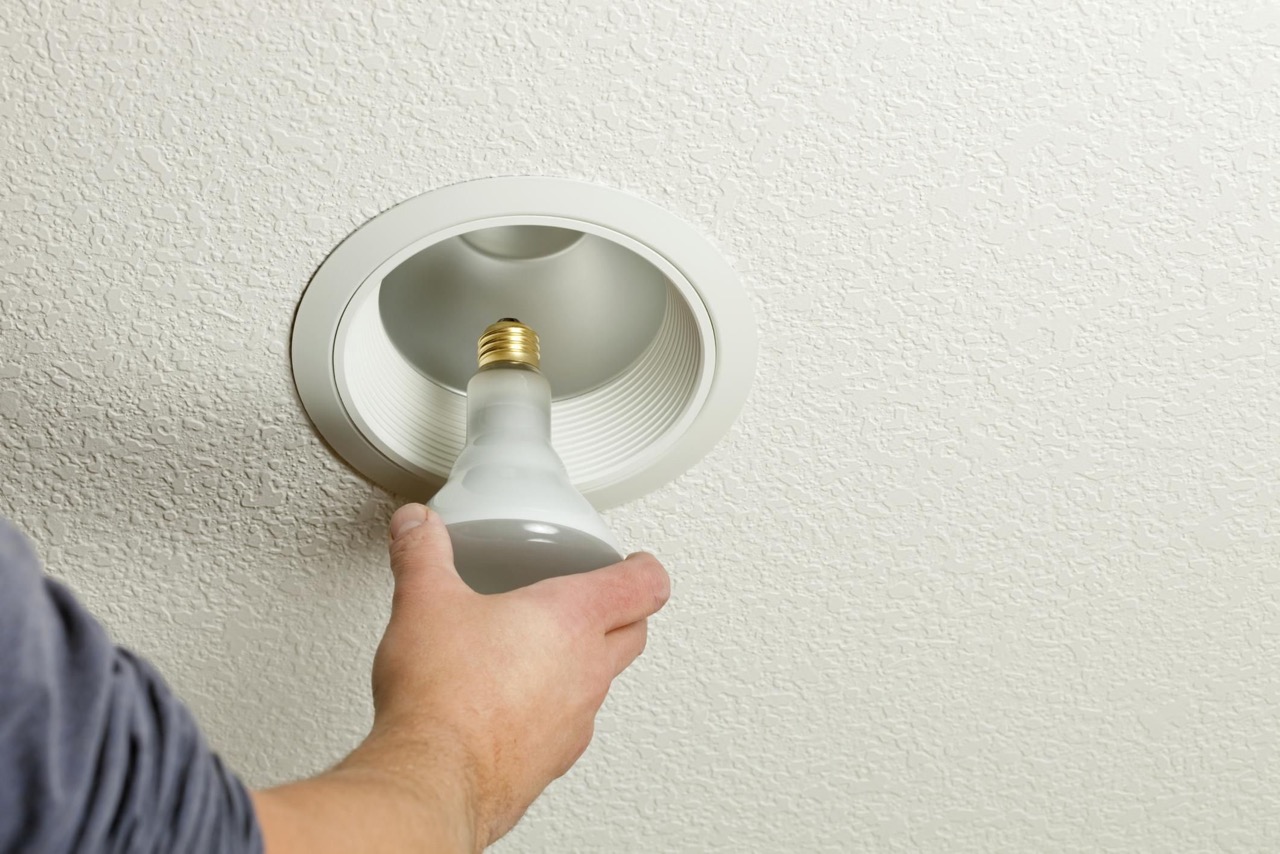
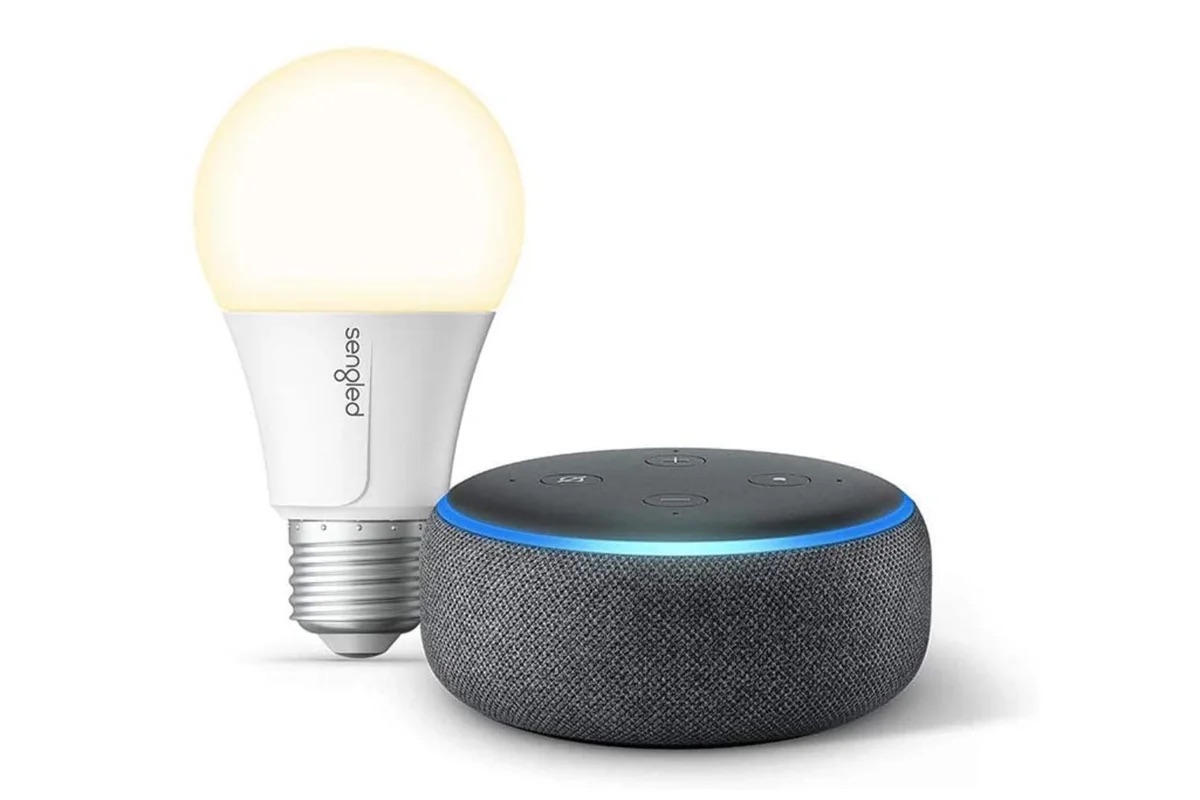
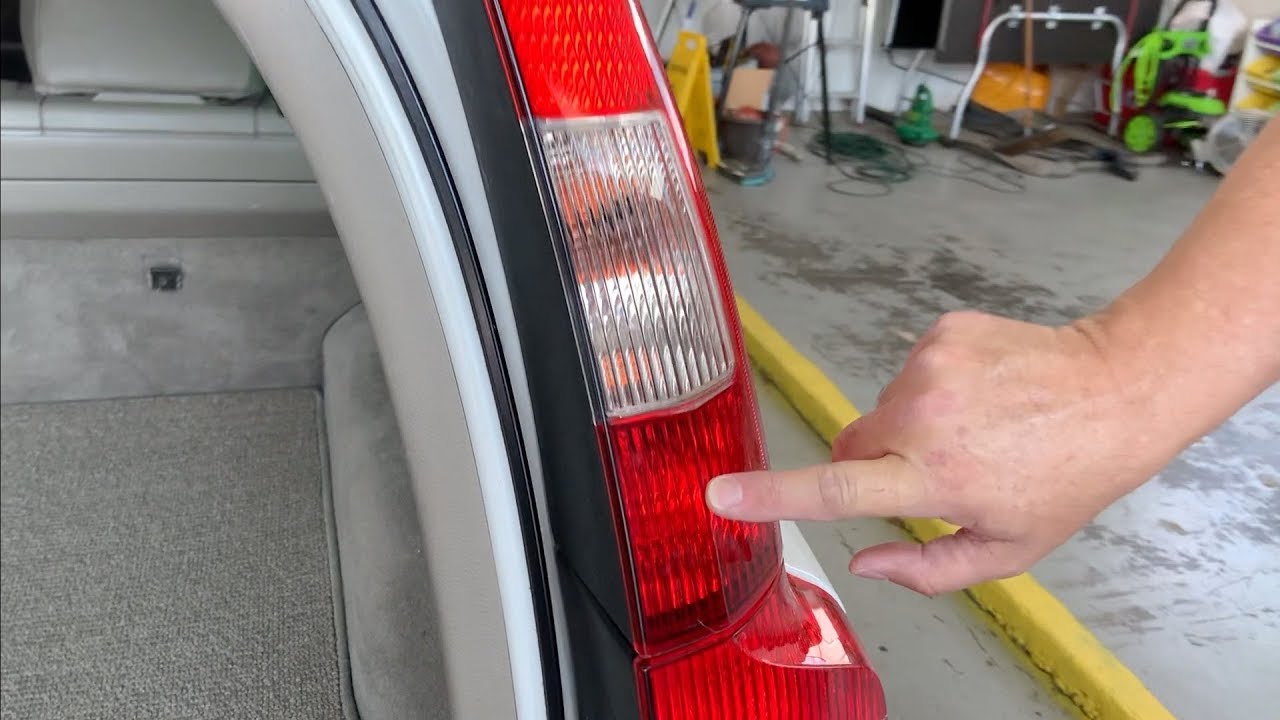

0 thoughts on “How To Charge A Rechargeable LED Bulb”